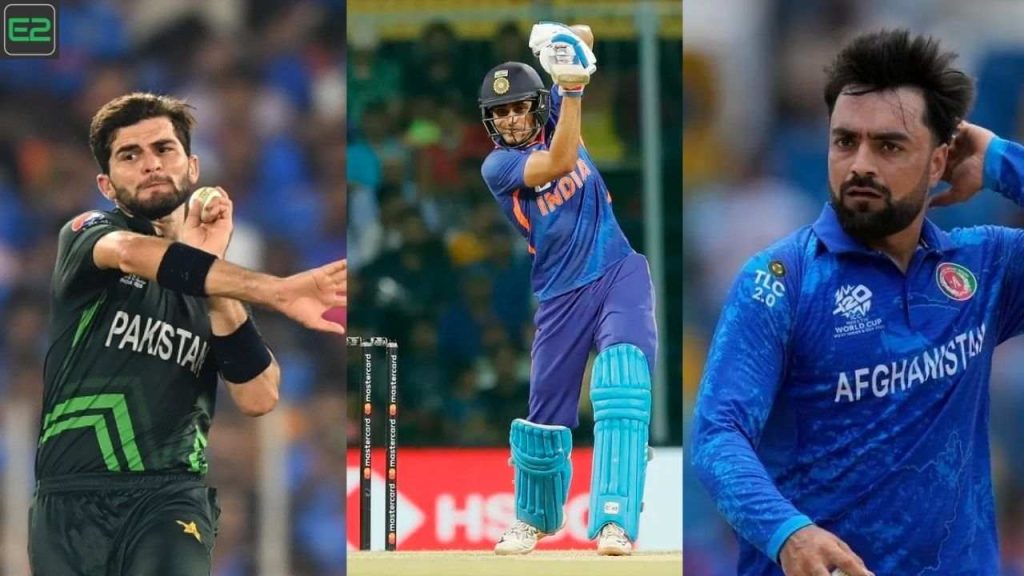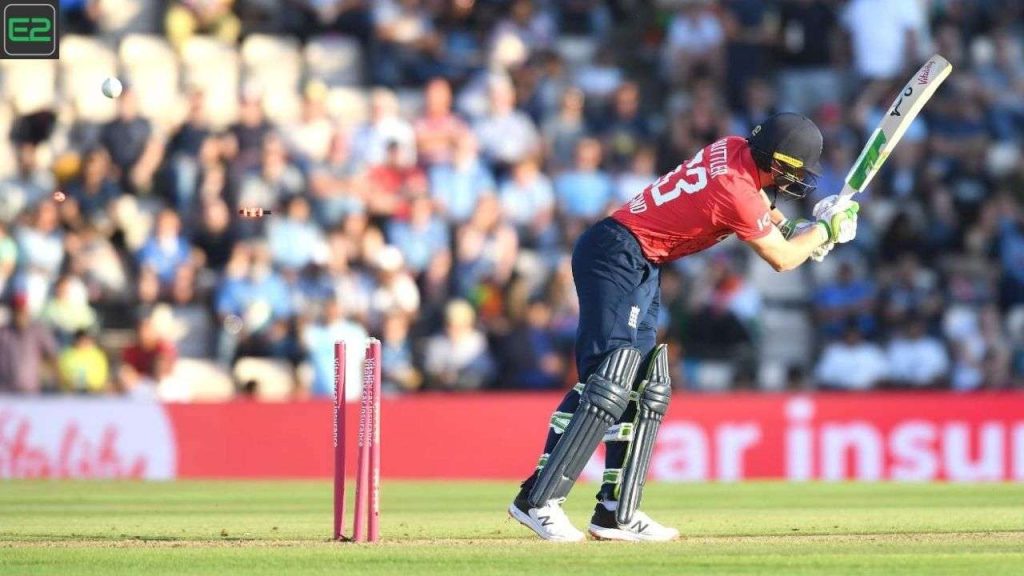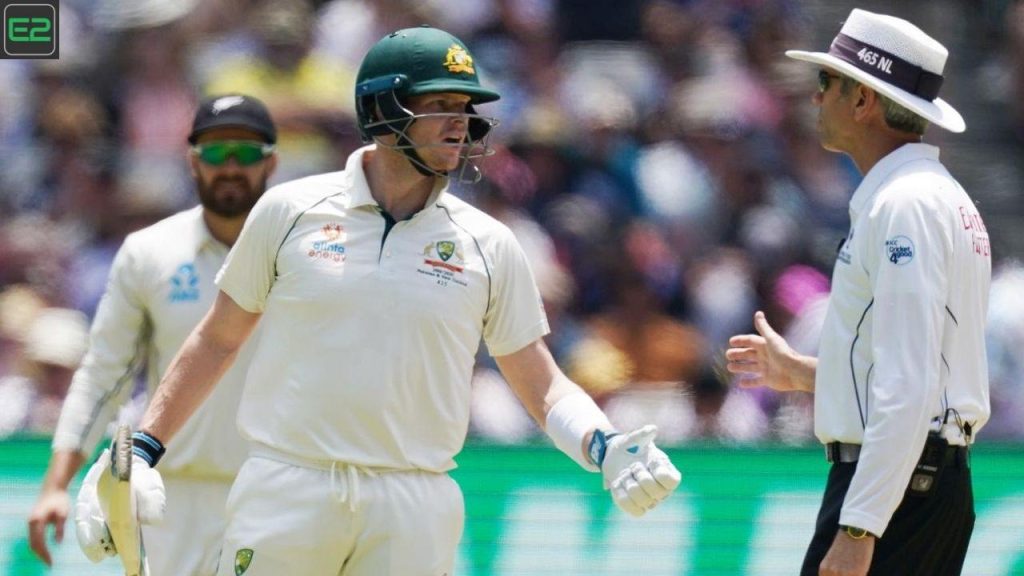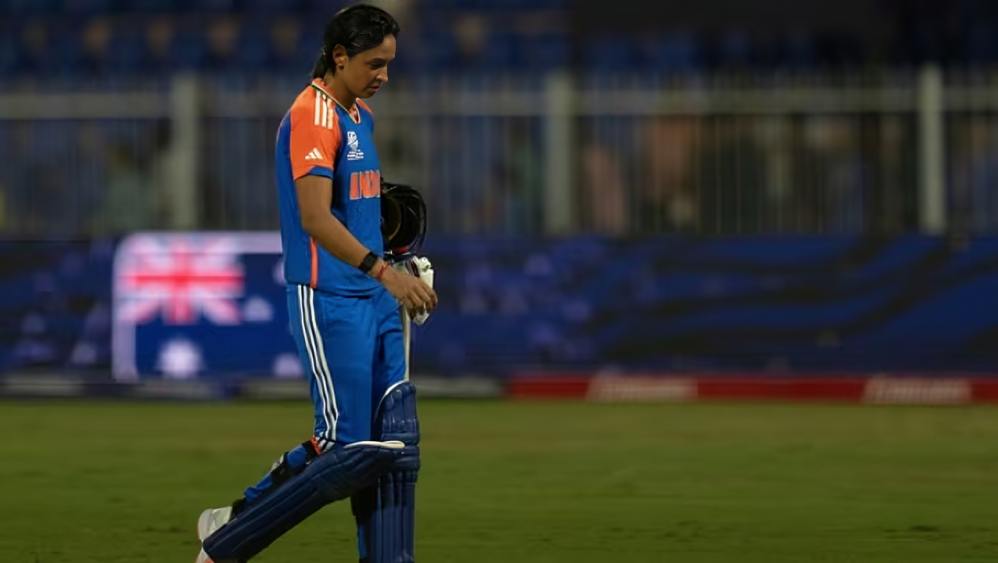The Boundary Length of Ekana Stadium: The boundary length of a cricket stadium is a significant factor in determining the nature and excitement of a game. A stadium’s boundary can influence the strategy of both the batting and bowling sides, and ultimately, it affects the overall outcome of the match.
The Boundary Length of Ekana Stadium
The Ekana Stadium, formally known as the Bharat Ratna Shri Atal Bihari Vajpayee Ekana Cricket Stadium, located in Lucknow, Uttar Pradesh, India, is one of the most modern venues in Indian cricket.
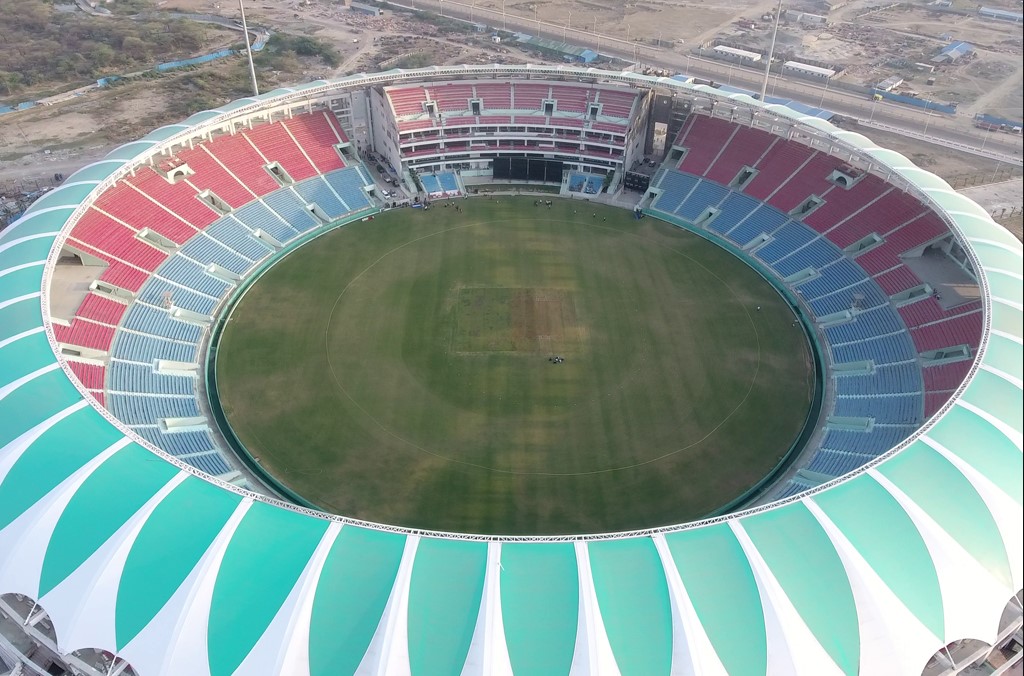
1. Introduction to Ekana Stadium
Ekana Stadium is a state-of-the-art cricket ground that opened in 2017. It has hosted numerous domestic and international cricket matches, including One Day Internationals (ODIs) and T20 Internationals. The stadium is designed with modern infrastructure, boasting excellent seating, facilities, and a perfect playing environment. Among the many factors that influence the match dynamics, one of the most important is the boundary length, which is a crucial aspect of the playing field.
2. Importance of Boundary Length in Cricket
The boundary length plays an essential role in determining the pace of the game. In cricket, boundaries refer to the boundary ropes marking the edge of the playing field. The distance between the batsman and the boundary rope can impact several factors:
- Batting Aggression: Shorter boundaries typically favor batsmen, leading to more frequent boundaries and sixes.
- Bowling Strategy: Longer boundaries offer bowlers more opportunities to defend, making it harder for batsmen to clear the ropes.
- Field Placement: Captains must plan field placements based on the boundary length to maximize defensive coverage or exploit weaknesses.
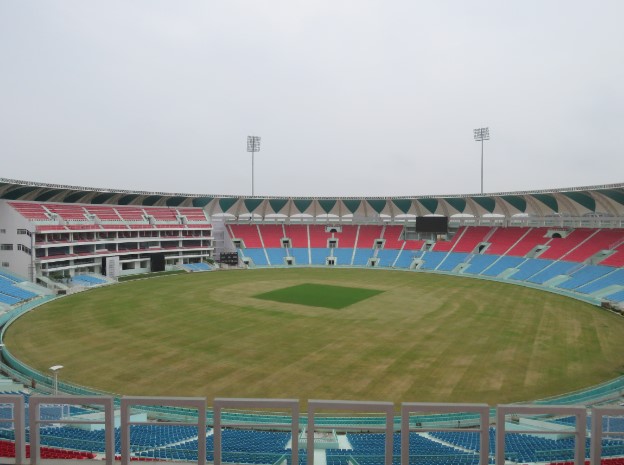
3. Ekana Stadium Boundary Length
Ekana Stadium’s boundary length is designed to be in line with international standards. It offers a balanced playing environment where both batsmen and bowlers have an equal opportunity to showcase their skills. Below is a breakdown of the stadium’s boundary measurements:
| Boundary Type | Length | Impact on the Game |
|---|---|---|
| Straight Boundaries | Approx. 70 meters | This is the distance from the batsman’s crease to the boundary line directly behind the bowler. A longer straight boundary rewards well-timed, powerful shots. |
| Square Boundaries | Approx. 65 meters | These are the boundaries on the sides of the field. Slightly shorter, they make it easier for batsmen to hit sixes when facing spinners or slower balls. |
| Overall Playing Area | 110 meters (radius) | The overall area of the field, from the center of the pitch to the boundary ropes. This ensures a well-proportioned playing field suitable for various game formats. |
4. Impact of Boundary Length on Gameplay
The boundary length of Ekana Stadium is designed to create a fair contest between bat and ball. While shorter boundaries can lead to higher scores and more aggressive batting, longer boundaries provide an opportunity for bowlers to be more defensive and strategize more effectively.
- Batting Perspective: The 70 meters straight boundary requires batsmen to hit the ball with power and precision to clear it. Batsmen with good timing can easily score boundaries, but clearing the boundary for sixes may require a higher level of skill, especially in the longer straight areas.
- Bowling Perspective: With a 65-meter square boundary, bowlers have a reasonable chance to defend their bowling by placing fielders in key positions. Fast bowlers and spinners can exploit the boundary’s length by altering their line and length or introducing variations like yorkers or slower balls.
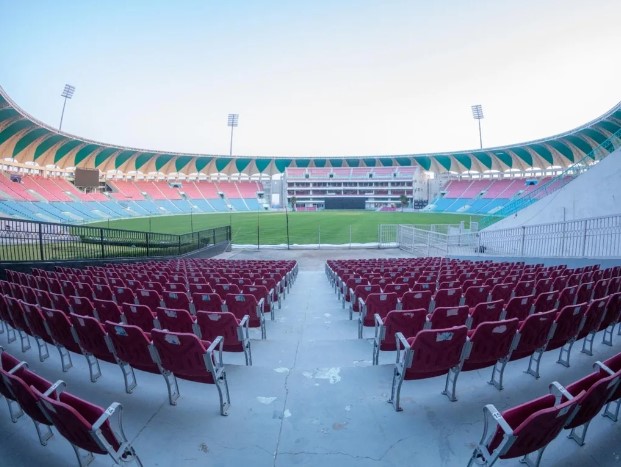
5. Comparison with Other Major Cricket Grounds
When comparing the boundary length of Ekana Stadium to other famous cricket grounds in India and abroad, it falls within the standard range of modern international stadiums.
| Stadium | Straight Boundary Length | Square Boundary Length | Overall Area |
|---|---|---|---|
| Ekana Stadium | 70 meters | 65 meters | 110 meters (radius) |
| Wankhede Stadium, Mumbai | 65 meters | 55 meters | 100 meters (radius) |
| MCG, Melbourne | 75 meters | 70 meters | 130 meters (radius) |
| M. Chinnaswamy Stadium | 60 meters | 55 meters | 95 meters (radius) |
| Eden Gardens, Kolkata | 75 meters | 65 meters | 110 meters (radius) |
From the table above, it’s evident that Ekana Stadium’s boundary length is slightly longer than some grounds like Wankhede and Chinnaswamy, but shorter than others like the MCG. This makes Ekana Stadium an ideal venue for both high-scoring matches and tactical, low-scoring encounters.
6. Boundary Length and the Format of the Game
The format of the game—whether T20, ODI, or Test—also plays a role in how the boundary length influences match dynamics.
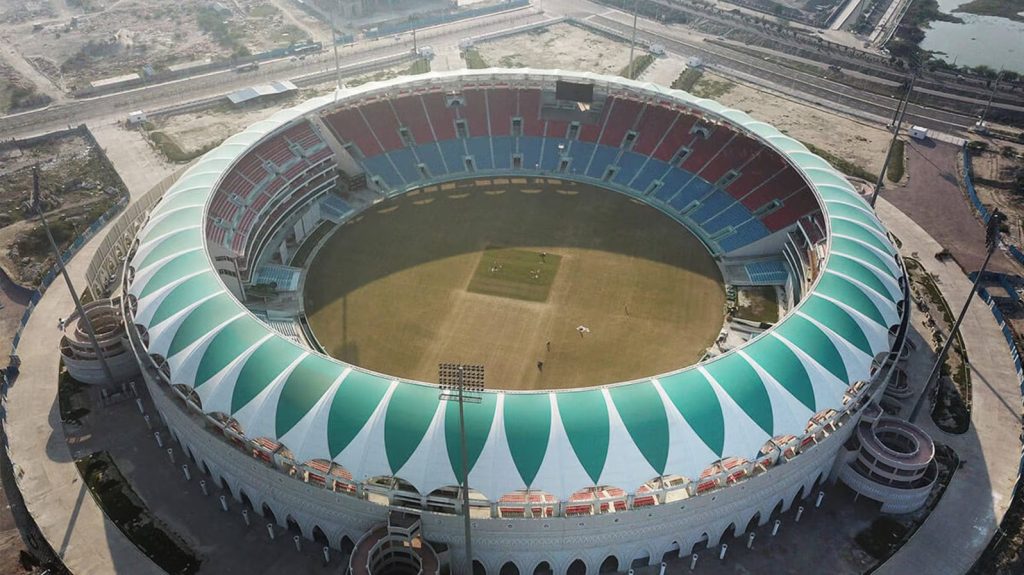
- T20s: Shorter boundaries typically favor T20 formats, where the focus is on high-scoring and aggressive batting. The 65-70 meter boundary length of Ekana Stadium strikes a good balance between excitement and strategy, allowing batsmen to play freely while providing bowlers with enough room to use tactical bowling to contain runs.
- ODIs: For One Day Internationals, the longer boundaries help slow down the game slightly. Batsmen must be more strategic, and boundary hitting requires well-placed, powerful shots. The boundary length in Ekana Stadium allows for a combination of aggressive batting and smart bowling strategies.
- Test Matches: In longer formats, the boundary length becomes less of a factor in determining the pace of the game. However, it still plays a role in field placements and strategies employed by captains to protect boundaries, particularly on the square areas.
7. Impact on Bowlers
A well-placed boundary encourages bowlers to adjust their tactics. Fast bowlers can use variations in pace, while spinners can exploit the extra distance on the ground by adding flight and drift to the ball. The overall effect is that bowlers are more likely to rely on accuracy, deception, and strategy rather than sheer speed. The boundary length at Ekana Stadium ensures that both batsmen and bowlers have an equal chance to influence the outcome of the match.
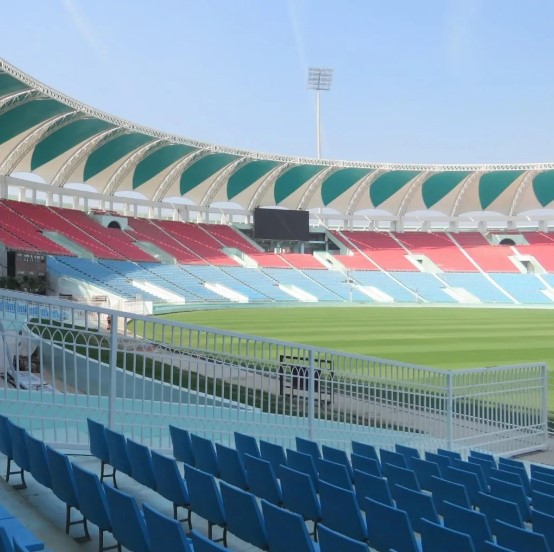
8. Fan Experience
From a spectator’s perspective, the boundary length adds excitement to the game. Fans love seeing sixes, and while shorter boundaries lead to more frequent sixes, a slightly longer boundary rewards well-timed shots and power hitting. The boundaries at Ekana Stadium are ideal for maintaining a balance of tactical play and crowd-pleasing moments. This creates an engaging atmosphere for spectators, whether it’s a T20 or an ODI.
9. Controversies Around Boundary Length
In the past, some stadiums have been criticized for having uneven boundary lengths, which can create an unfair advantage for one team. However, Ekana Stadium has been praised for its well-balanced boundary dimensions. The stadium’s even boundary length ensures that both teams play under the same conditions, which is a critical aspect of fair play.
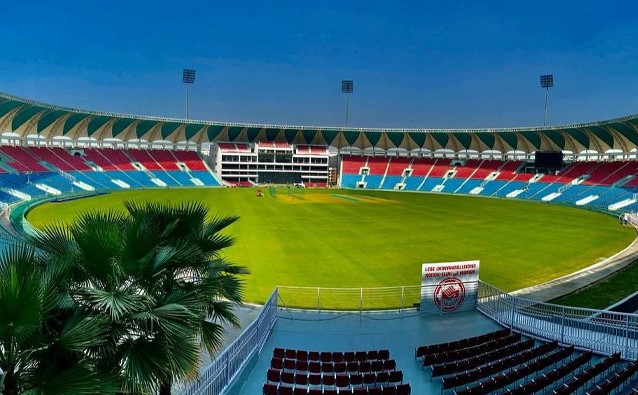
10. Technological Measurements
Modern cricket stadiums like Ekana Stadium use advanced technology to measure the boundary length accurately. Laser technology, GPS, and satellite mapping systems ensure precise measurement of the boundaries, eliminating any chances of discrepancies or controversies. Such technologies enhance the integrity of the game and ensure that the field conditions remain consistent across all matches.
The boundary length of Ekana Stadium, at approximately 65-70 meters, provides a balanced playing field where both batsmen and bowlers have a fair chance to excel. This well-designed boundary length ensures that the stadium is suitable for all formats of the game, offering both competitive cricket and entertainment. By striking the right balance between bat and ball, Ekana Stadium continues to be one of India’s premier cricket venues, contributing to some memorable matches and great cricketing moments.

You will have fun playing exciting games on here: E2Bet
Here Are Some Helpful Tips:



